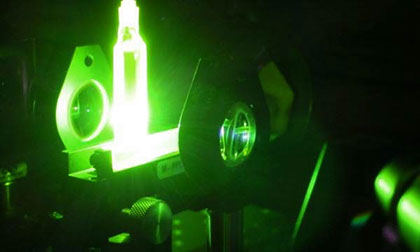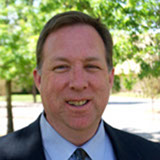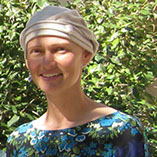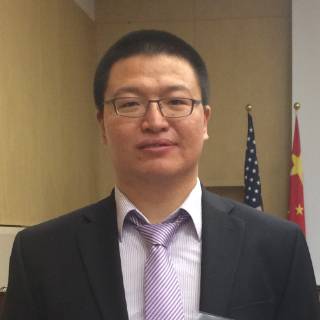
Physical and Fundamental Chemistry
New Mexico Tech faculty covers a broad range of research areas that fall under the general umbrella of physical and theoretical chemistry. The faculty interests encompass both fundamental ("basic") and applied topics. We primarily approach physical problems using spectroscopy, catalysis, photochemistry, as well as computational and theoretical chemistry.
Faculty
Associate Professor
 Dr. Altig and his team construct computational models involving quantum chemical and
biophysical calculations using commercial software such as Gaussian or Autodock to
examine the structure of small organic molecules and how they interact with larger
biomolecules. They have been examining the structure of Triacetone Triperoxide (TATP)
and the factors which influence its stability as an energetic material.
Dr. Altig and his team construct computational models involving quantum chemical and
biophysical calculations using commercial software such as Gaussian or Autodock to
examine the structure of small organic molecules and how they interact with larger
biomolecules. They have been examining the structure of Triacetone Triperoxide (TATP)
and the factors which influence its stability as an energetic material.
Associate Professor
 Dr. Pias studies the structural dynamics of biochemical systems, with the aim of gaining
insight into metabolic regulatory mechanisms. Her current focus is on oxygen flux
across biological membranes and other cellular lipid structures. Given the central
importance of aerobic metabolism for human health, hindrance of oxygen transport on
the cellular level can have enormous consequences, impacting tumor cell metabolism,
cardiac function, and diabetic insulin response. The Pias Group takes a biophysical
chemistry approach, using computer simulations to gain insight into lipid structural
dynamics and oxygen diffusion.
Dr. Pias studies the structural dynamics of biochemical systems, with the aim of gaining
insight into metabolic regulatory mechanisms. Her current focus is on oxygen flux
across biological membranes and other cellular lipid structures. Given the central
importance of aerobic metabolism for human health, hindrance of oxygen transport on
the cellular level can have enormous consequences, impacting tumor cell metabolism,
cardiac function, and diabetic insulin response. The Pias Group takes a biophysical
chemistry approach, using computer simulations to gain insight into lipid structural
dynamics and oxygen diffusion.
Assistant Professor
